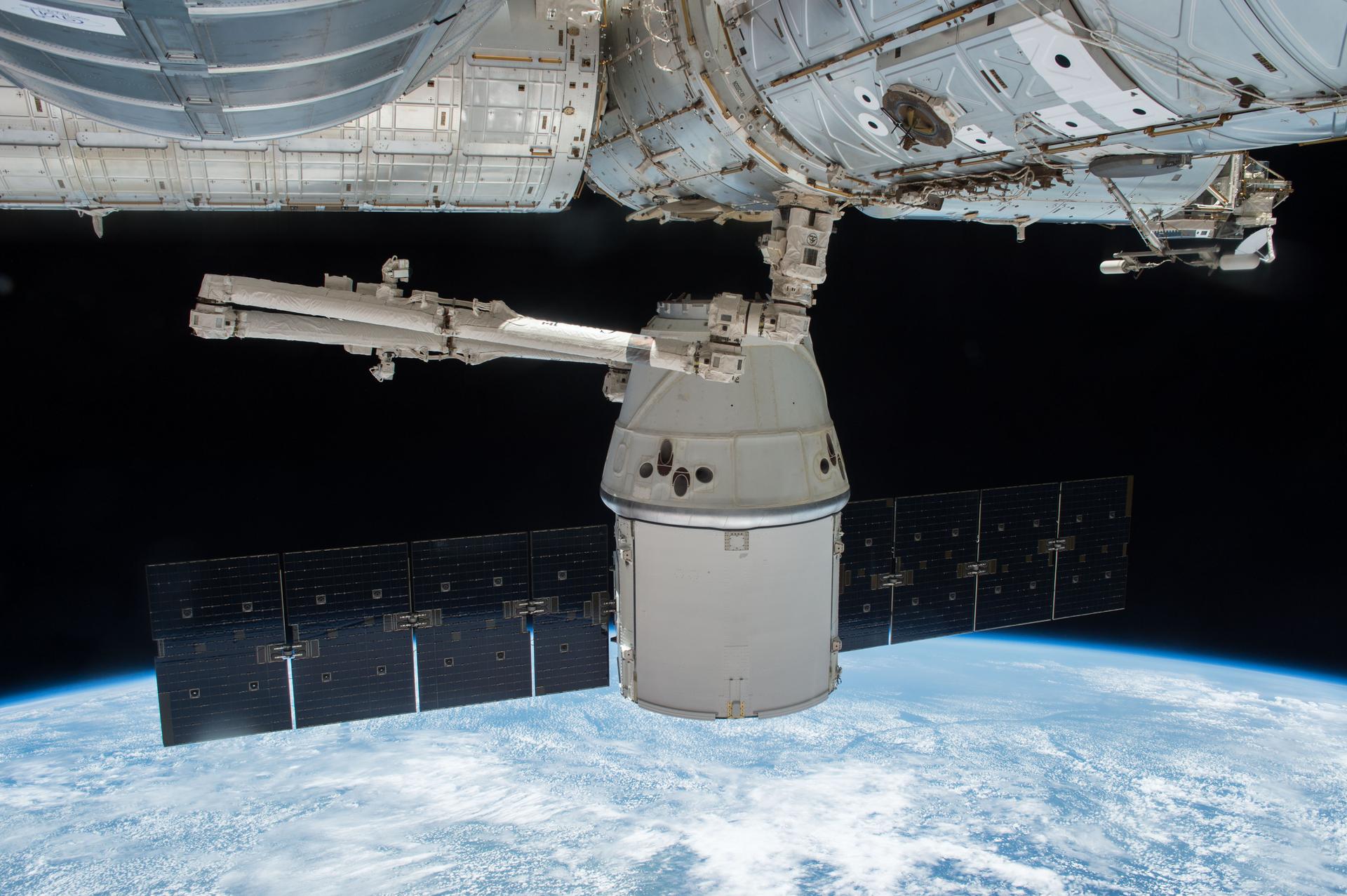
NASA will host a media teleconference at 1 p.m. EST Wednesday, Nov. 29, to discuss a number of science investigations and instruments launching to the International Space Station on the next SpaceX commercial resupply mission.
SpaceX is targeting no earlier than Dec. 4 for the launch of its Dragon spacecraft on a Falcon 9 rocket from Space Launch Complex 40 at Cape Canaveral Air Force Station in Florida.
Kirt Costello, deputy chief scientist for the International Space Station Program at NASA’s Johnson Space Center in Houston, and Mike Roberts, deputy chief scientist at the Center of Advancement of Science in Space (CASIS), will kick off the call with an overview of the research and technology aboard Dragon. Also participating in the briefing will be:
- Andrew Rush, president and chief executive officer, Made in Space, will discuss its Fiber Optics payload, which will test manufacturing fiber optic filaments in a microgravity environment. This could lead to production of higher-quality fiber optic products both in space and on Earth.
- Brian Hess, chief executive officer, and Grayson Allen, chief financial officer, both of LaunchPad Medical, will discuss an investigation using synthetic bone material to accelerate bone repair.
- Dong Wu, project scientist at the NASA’s Goddard Space Flight Center in Greenbelt, Maryland, and Peter Pilewskie, lead scientist at the University of Colorado, Boulder, will discuss NASA’s Total and Spectral Solar Irradiance Sensor (TSIS), a new instrument launching to station that will measure the Sun’s energy input to Earth.
- Joseph Hamilton, principal investigator, NASA’s Johnson Space Center in Houston, will discuss the Space Debris Sensor, an external tool which will measure the orbital debris environment around the space station.
- Yasaman Shirazi, mission scientist at NASA’s Ames Research Center in Silicon Valley, California, will discuss an investigation testing drug delivery systems for combatting muscle breakdown in microgravity.
To participate in the teleconference, media must contract Cheryl Warner at 202-358-1100 or cheryl.m.warner@nasa.gov by 5 p.m. Tuesday, Nov. 28, for dial-in information.
Audio of the teleconference will be streamed live online at:
-end-
Cheryl Warner
Headquarters, Washington
202-358-1100
cheryl.m.warner@nasa.gov


























